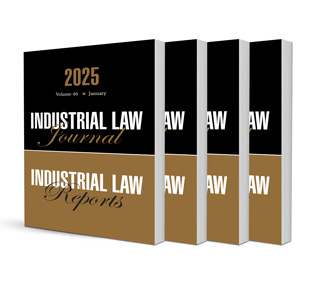Whatever Happened to the Right to Security of Employment as a Fundamental Right?

Whatever Happened to the Right to Security of Employment as a Fundamental Right?
Author André van Niekerk
ISSN: 2413-9874
Affiliations: Judge of the Labour Appeal Court; BA LLB, MA (Witwatersrand), LLM (Leicester)
Source: Industrial Law Journal, Volume 46 Issue 2, 2025, p. 805 – 817
https://doi.org/10.47348/ILJ/v46/i2a5
Abstract
The article addresses conceptions of fairness in dismissals for misconduct. It examines the development of a balancing metaphor, where the adjudicator is a dispassionate party, placing into the scales the respective interests of employee and employer, the fairness of a dismissal being determined by the direction in which the scales tip. The article argues that the balancing metaphor does not sufficiently acknowledge the right to work security as a fundamental right, protected by s 23 of the Constitution. It further suggests that a test of proportionality as a basis to test the fairness of a dismissal better resonates with constitutional principles.